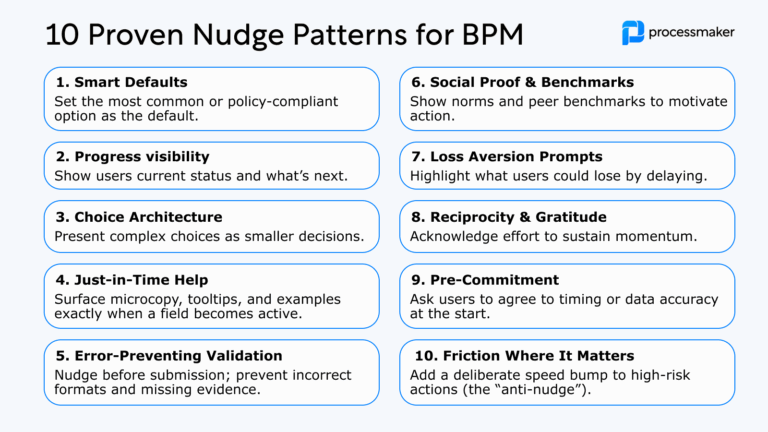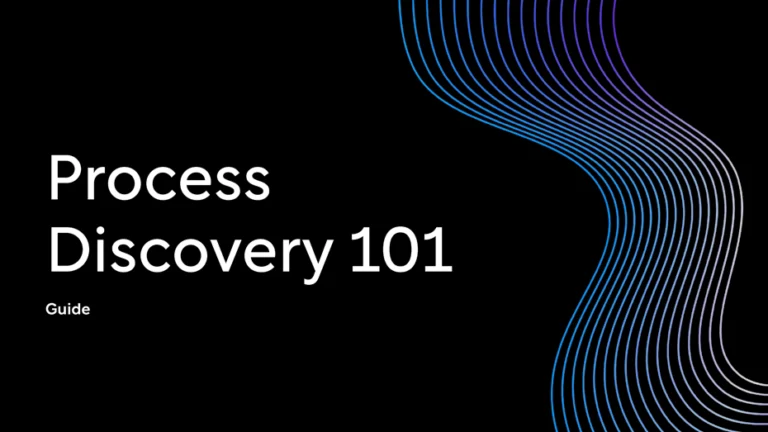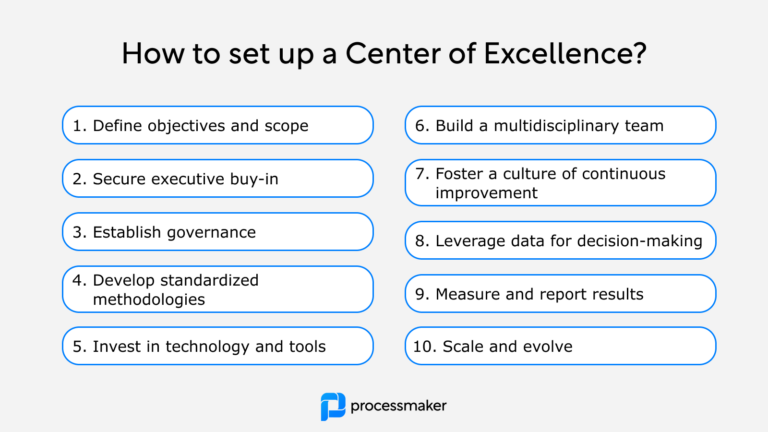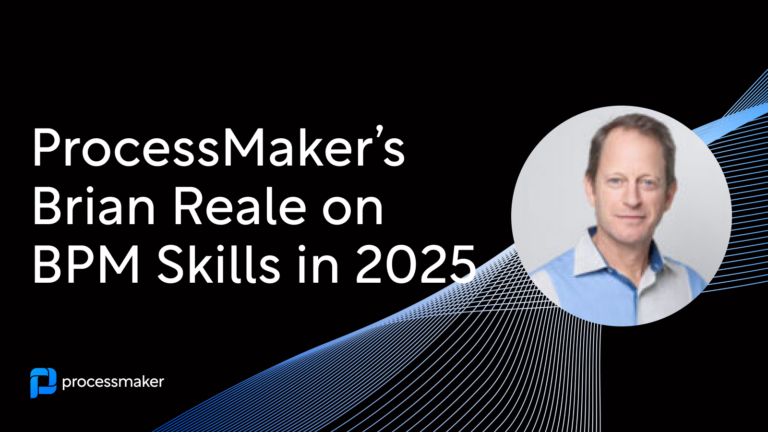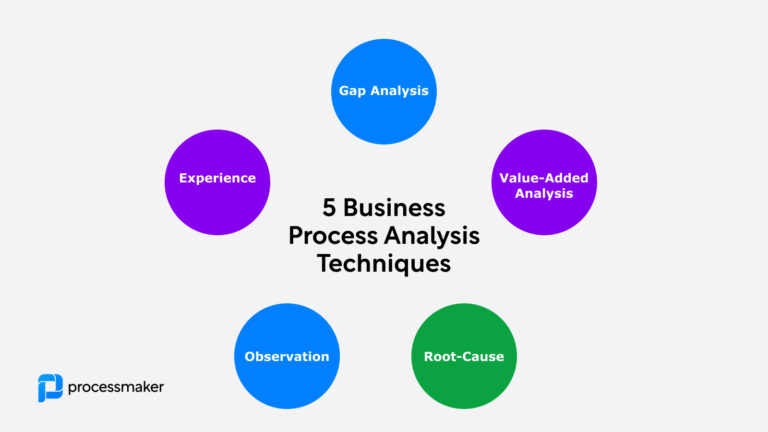Why Behavioral Economics Belongs in BPM
Traditional BPM software focuses on efficiency metrics and technical optimization. But processes don’t run themselves; people do. A process workflow might be technically perfect, but if users find it counterintuitive or burdensome, compliance drops and efficiency suffers.
This is where nudging comes in, being a gentle intervention that guides people toward better decisions without restricting their freedom to choose.
What is a Nudge in BPM?
A nudge is a small design change, like setting a helpful default, simplifying a step, or timing a reminder, that predictably guides behavior without removing options or adding heavy incentives.
In business process management (BPM), nudges turn policy into practice by making the compliant, high‑quality path the easiest path. Nudging doesn’t remove choice; it reshapes the context so the easy path is also the right path.
Business outcomes nudge can drive:
- Higher completion rates for approvals, requests, and compliance steps
- Cleaner data at the source
- Faster cycle times with fewer bottlenecks
- Lower risk via context-aware guidance
- Sustainability: fewer back-and-forth cycles means less waste in time, cost, and energy
In short: Good UX = Good Governance. BPM with nudges converts intended policy into daily behavior.
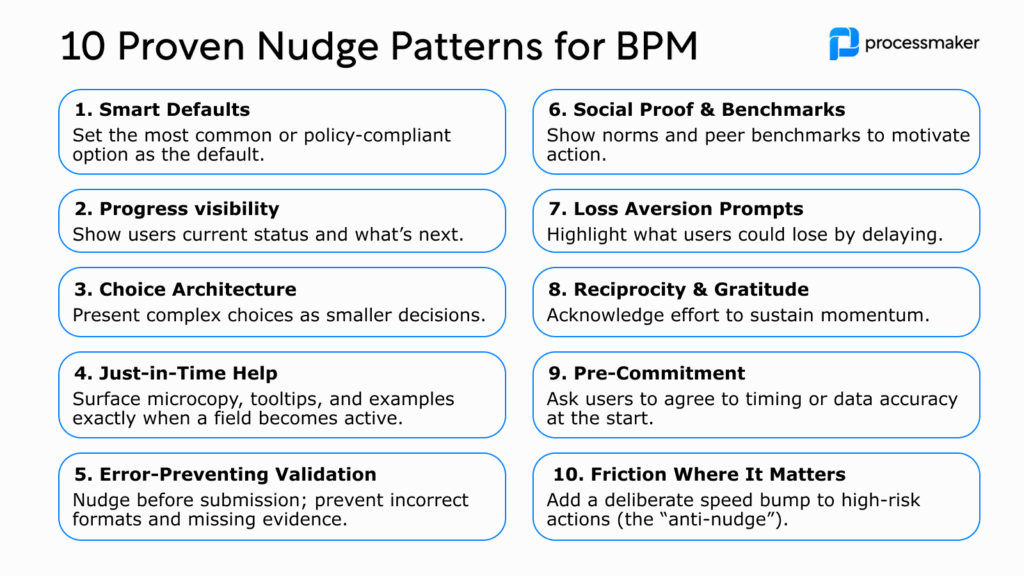
Top 3 Nudging Strategies
1. Default Options Drive Process Compliance
One of the most powerful nudges is the default option. Research shows that people overwhelmingly stick with preselected choices. In your BPM platform, this means:
- Pre-populating form fields with recommended values
- Setting optimal approval pathways as defaults
- Auto-selecting best-practice options in process workflows
When you make the desired behavior the default in your workflow management system, compliance improves dramatically without forcing users into a single path.
2. Strategic Timing Improves Task Completion
“When” you ask matters as much as “what” you ask. Behavioral economics research reveals that timing dramatically impacts decision quality and follow-through. Intelligent process automation can:
- Schedule approval requests during optimal decision-making hours
- Avoid requesting complex tasks during typically busy periods
- Space out process notifications to prevent cognitive overload
- Trigger reminders based on user behavior patterns
A workflow engine that considers timing creates less friction and higher completion rates.
3. Choice Architecture Simplifies Complex Workflows
How you present options shapes decisions. In process design, this means:
- Breaking complex workflows into manageable steps
- Ordering process tasks from easiest to most difficult
- Limiting choices at each decision point to prevent paralysis
- Using progressive disclosure to reveal information gradually
Modern business process management software should make complex processes feel simple through thoughtful choice architecture.
Sustainability Benefits: Do More With Less
- Fewer loops, fewer emails → lower energy use and operational drag.
- Right-first-time submissions → less scanning/printing and fewer escalations.
- Clearer journeys → lower cognitive load and training costs.
Nudges turn sustainable behavior into the default path, not an extra step.
Overcoming Challenges in Behavioral BPM
Balancing Nudges With User Autonomy
The goal isn’t manipulation, it’s guidance. Your business process management strategy should:
- Maintain transparency about why certain options are defaults
- Allow users to override suggestions easily
- Respect expertise (power users may prefer fewer nudges)
- Regular solicit feedback on process usability
Conclusion
Digital transformation and business process automation succeed when technology enhances human capabilities rather than simply replacing human tasks. Behavioral economics provides the missing link between technical process optimization and real-world user adoption.
Ready to implement behavioral economics in your process management strategy? Modern BPM platforms offer the flexibility and intelligence needed to design workflows that naturally guide users toward efficiency.
Explore how the right business process automation solution can help you create processes that people actually want to follow. Book a Demo Now.
FAQ: Behavioral Economics in BPM
Is nudging manipulative?
Nudges preserve choice. They simply make the best option clear and easy.
Will it slow down my workflows?
No. Proper nudges reduce steps and rework, typically shortening cycle times.
Do I need data science to start?
No. Begin with smart defaults and progressive disclosure; add analytics over time.
What about regulated industries?
Nudges support compliance by reducing errors and documenting rationale for exceptions.
